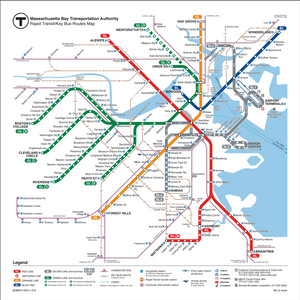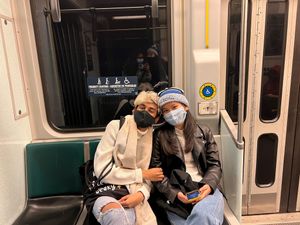Hannah Martin (CAS ’25)
In the basement of the George Sherman Union located in Central campus, you will find a lot of different, cool places. One area being the BU Central, where student organizations can book the space and hold events, largely shows or something to utilize the stage in the room. There are also the Boston University Student Government offices, and even a Plan B vending machine which was put in by Students for Reproductive Freedom (another club on campus). These additions to the BU campus are great, and truly deserve more foot traffic than it receives since it is hidden down in the basement. However, the true hidden gem of the building is the Center for Gender, Sexuality, and Activism (CGSA).
CGSA is the one of the only student organizations on campus that maintains a fully student-owned space. It is dedicated to being a safe space for all students, regardless of identity. It is an extremely welcoming environment, as there is usually candy and stickers at the front desk, an art wall, and the legendary purple couches decorated with pillows and throw blankets. Students can go down there to study, hang out with friends, attend club meetings, sleep, and eat bagels (for free on Fridays!) at the CGSA. This organization is truly like no other due to its defining and unique characteristics, and I am going to tell you why.
THE SPACE/ROOMS
At Boston University, it is really rare for clubs to have a physical pace. However, CGSA is responsible for four rooms in the basement of the GSU. When you first arrive, you are in the main room which connects to a partial kitchen. The main room looks similar to a typical living room; there’s couches, a small table, and a desk right next to the door. If you turn to your left you will see a kitchen area, supplied with a refrigerator, freezer, toaster, and even a coffee maker! There is also a large table where you can do homework, or eat a meal with friends.
This already seems pretty great, huh? Amazingly, it gets even better. There are two doors you can enter after you walk through the main area. The door on the right allows you to enter into the Womb Room. The Womb Room is a space on campus where students can be completely alone for a while to take care of themselves. Students can take a needed nap or even cry in this room. It is stocked with affirmations, sensory items, and a couch. Currently, the CGSA is trying to get more rooms like this put in across campus!
Directly across from the Womb Room is a new addition to the space: The Gender-Affirming Room for Belonging (GARB). GARB is a physical space on campus for transgender, non-binary, or otherwise gender nonconforming students to explore and affirm their identity and expression. The room is stocked with makeup, clothing, shaving products, and other gender-affirming items! It just launched this November, and to launch the room CGSA held a fashion show for all to attend. It was a great success, and everyone is so excited for students to have this necessary resource on campus.
There is one other room in the CGSA and frankly, I think it is underrated. This room is titled the Library Room, and it is exactly what it sounds like. Students can go in this room to study, collaborate on a group project, or even take a zoom call. There are bookshelves, tables, and even a tiny trophy with Rhett on top of it.
THE CLUBS
CGSA hosts clubs in its space, and allows organizations to become “CGSA clubs”. This basically means that they get the opportunity to use the CGSA space, whether that be for storage, meetings, or other events. A lot of students find CGSA through attending meetings for another club in the space. In order for clubs to gain this affiliation they must have some key feature that aligns with CGSA’s main goals. As of this semester the CGSA has six clubs: PERIOD., Students for Reproductive Freedom, Students for Justice in Palestine, Active Minds, Transgender Listening Circle, and the Young Democratic Socialists of America. Everyone in these clubs has the opportunity to collaborate with one other, and it really allows for a gigantic and welcoming community.
SAFE SPACE
Above all else, CGSA is truly a safe space for all students. It strives to be a place for students to feel comfortable being themselves, and have the opportunity for their expression and identity to be celebrated. This is the primary goal of CGSA, and it is heavily portrayed through its actions and messaging.
ADVOCACY
Since it is in the name, CGSA does have a focus on activism as well. On the walls of the main room there are multiple protest posters, the club itself attends protests and rallies that aligns with its values, and debate and discourse about ongoing issues is welcomed. However, the club still manages to keep the actual space very safe, and oftentimes has to hold sensitive conversations or events outside of the physical area of CGSA.
Overall, CGSA is a very multifaceted club, and is a great community to be a part of. I have never met such a welcoming and friendly group of people before becoming involved in CGSA. To become involved students can volunteer, apply for an e-board position, or even be part of one of their many subcommittees! The options are endless in the CGSA, and I would highly recommend checking out the club, or at least the space, during your time here at Boston University.


